Characteristics of Phytoplankton Community Structure and Eutrophication in Hasu Sea
DOI: 10.23977/erej.2023.070309 | Downloads: 29 | Views: 1355
Author(s)
Zhang Hao 1,2, Shi Xiaohong 1,2, Zhao Shengnan 1,2, Quan Dong 1,2, Cui Zhimou 1,2, Fu Hao 3, Ma Jun 4
Affiliation(s)
1 School of Water Conservancy and Civil Engineering, Inner Mongolia Agricultural University, Hohhot, 010018, China
2 Key Laboratory of Water Resources Protection and Utilization of Inner Mongolia Autonomous Region, Hohhot, 010018, China
3 School of Life Sciences, Inner Mongolia University, Hohhot, 010070, China
4 Hongge Bu Yang Water Station, Water Conservancy Development Center of Hetao Irrigation District, Inner Mongolia, China
Corresponding Author
Shi XiaohongABSTRACT
In this paper, we first obtained the data of each water quality monitoring point in May and July of Hassel Sea in 2021, and analyzed the spatial distribution of each element of total phosphorus (TP), total nitrogen (TN), transparency (SD), high manganese index (CODmn) and chlorophyll a (Chl. a) in the data, and then used the integrated trophic state index method and algal species quotient method to evaluate the trophic state of the lake. The results of the integrated trophic state index method and the algal species quotient method were then used to assess the lake’s trophic status. The results of the integrated trophic state index method showed that the measured value in July was 1.15 times the value in May, in which the points H1, H2, and H3 were moderately eutrophic, H4, H5, and H6 were mildly eutrophic, while the six monitoring points in July were all moderately eutrophic, indicating that the eutrophication in summer was higher than that in spring, and there was a trend of gradual deterioration during the interannual variation, which needed attention and It is necessary to pay attention to and strengthen the management. Comparing the nutrient status index values of each parameter, chlorophyll (Chl. a), transparency (SD), and total phosphorus (TP) play a significant role in the eutrophication degree of Hassel Sea, accounting for 23.94%, 23.05%, and 20.18%, respectively. The evaluation results of the algal species quotient method showed that all monitoring points were heavily eutrophic when the green algae quotient was applied, and the rest of the points were heavily eutrophic when the composite algae quotient was applied, except point H4 which was heavily eutrophic (located in Xianglu area). Comparing the results of the two evaluation methods, it can be found that the results evaluated by applying the algal species quotient method are more serious, indicating that the algae are more sensitive to the response of the eutrophication degree of the lake, and there is a great chance of water bloom disaster in the late stage of Hassel Sea.
KEYWORDS
Hasuhai; Eutrophication; Comprehensive nutritional status index method; Algal species commercial lawCITE THIS PAPER
Zhang Hao, Shi Xiaohong, Zhao Shengnan, Quan Dong, Cui Zhimou, Fu Hao, Ma Jun, Characteristics of Phytoplankton Community Structure and Eutrophication in Hasu Sea. Environment, Resource and Ecology Journal (2023) Vol. 7: 74-86. DOI: http://dx.doi.org/10.23977/erej.2023.070309.
REFERENCES
[1] García-Nieto P J, García-Gonzalo E, Alonso Fernández J R, et al. Predictive modelling of eutrophication in the Pozón de la Dolores lake (Northern Spain) by using an evolutionary support vector machines approach [J]. Journal of Mathematical Biology, 2017, 76(07): 817-840.
[2] Yao J, Wang G, Xue B, et al. Assessment of lake eutrophication using a novel multidimensional similarity cloud model [J]. Journal of Environmental Management, 2019, 248(10): 92-105.
[3] Chen S, Yang G, Lu J, et al. Water quality in simulated eutrophic shallow lakes in the presence of periphyton under different flow conditions [J]. Environmental Science and Pollution Research, 2017, 25(01): 4584-95.
[4] Xie Huiyu, Hu Mei, Ji Xiaoyan, etc. Characteristics of water quality evolution and main pollution factors of Poyang Lake from 2011 to 2019. Environmental Science, 2022,1-17.
[5] Wang Shihuan, Zhang Sheng, Wu Rong, et al. Characteristics of phytoplankton community in typical lakes in Inner Mongolia. China Environmental Science, 2022,1-12.
[6] Liu L, Li X M, Meng Z H, et al. (s). Characteristics and water quality evaluation of phytoplankton function group in Wuchang Lake. Journal of Ecology, 2018, 1:12
[7] Sun B, Yang Z Y, Zhao S N(s).Expansion of reed community in Hasu Sea and its causes in 8 periods. Wetland Science, year, volume(issue):pages. 10.13248/j.cnki.wetlandsci.2016.06.024.
[8] Han R M, Yao Y C(s). Water quality and pollution characteristics in Inner Mongolia. Resources and Environment in Arid Areas, year, volume(issue):pages. CNKI: SUN: GHZH.0.1994-01-011.
[9] Lu Yue, Liu Yang, Fang Weiqi, etc. Spatial distribution and potential eutrophication in the seawater in Hohhot. Inner Mongolia Petrochemical Industry, 2021,47 (10): 30-3.
[10] Li Fangfang, Zhang Yanfei, Long Yinhui. Analysis on the Evolution Law of Hasu Seawater Volume [J] Inner Mongolia Water Conservancy, 2021, (04): 45-6.
[11] Xu Y L, Liu W Y, Yuan X X, et al.(s). The relationship between the phytoplankton and the environment. Guangdong Agricultural Sciences, 10.16768/j.issn.1004-874x.2013.03.015.
[12] Shen Lili, He Jiang, Lv Changwei, et al. Study of endogenous phosphorus release in surface sediments of the Hasu Sea. Journal of Agricultural and Environmental Science, 2009,28 (06): 1219-1224.
[13] Ma L, Wu J L(s). Climate and lake environment evolution in Inner Mongolia Hetao Plain in recent 50 years. Study in arid regions. Study on Arid Areas, 2010, 871:877pages. 10.13866/j.azr.2010.06.011.
[14] Gao Lixia. Study on seasonal dynamics and species diversity of bird community in Hasuhai Wetland [D]; Inner Mongolia Normal University, 2013
[15] Li Fangfang, Zhang Yanfei, Long Yinhui. Analysis of the evolution law of Harbin seawater quantity. Inner Mongolia Water Conservancy, 2021,04): 45-6.
[16] Lv Jie, Li Changyou, Zhao Shengnan, et al. Characteristics of nutrient state distribution during frozen and non-frozen periods. Resources and Environment in arid Zone, 2018,32 (01): 109-14.
[17] Hu Xiangfei, Ecological survey, observation and analysis of lakes [M] China Standards Press, 2000
[18] Hu Hongjun, Wei Yinxin. Freshwater algae in China: system, classification and ecology [M] Science Press, 2006
[19] Hu H J, Wei Y X. Freshwater algae in China--Systems, classification amd ecology [M]. Beijing: Science Press, 2006:1-1023.
[20] Hao Yuanyuan, Sun Guojun, Zhang Lixun, et al. Relationship between phytoplankton community characteristics and environmental factors in the Heihe River Basin. Lakes Science, 2014,26 (01): 121-130.
[21] Zhang Zhongwei, Chen Sibao, Wang Jiaxin, et al. Community structure of summer phytoplankton in Baiyangdian River and its indication on water quality. Journal of Hebei University (Natural Science Edition), 2022,1-12.
[22] Qiu Yangling, Lin Yuqing, Liu Junjie, et al. Evaluation of phytoplankton biodiversity in the main stream and tributaries of Huaihe River. Journal of Environmental Science, 2018,38 (04): 1665-72.
[23] Kafouris S, Smeti E, Spatharis S, et al. Nitrogen as the main driver of benthic diatom composition and diversity in oligotrophic coastal systems [J]. Science of the Total Environment, 2019, 694(9): 133776.
[24] Müller B, Steinsberger T, Stöckli A, et al. Increasing Carbon-to-Phosphorus Ratio (C:P) from Seston as a Prime Indicator for the Initiation of Lake Reoligotrophication [J]. Environmental Science & Technology, 2021, 55(9): 6459-66.
[25] Hoang T-H T, Van A D, Nguyen H T T. Driving variables for eutrophication in lakes of Hanoi by data-driven technique [J]. Water and Environment Journal, 2017, 32(2): 176-183.
[26] Sun Biao, Zhao Shengnan, Wang Liming, et al. Characteristics of heavy metal pollution and ecological risk assessment in the surface sediment of Hasu Sea. Wetlands Science, 2018,16 (06): 756-763.
[27] Caen A, Latour D, Mathias J D. Dynamical effects of retention structures on the mitigation of lake eutrophication [J]. Environmental Modelling & Software, 2019, 119(09): 309-326.
[28] Putt A E, Macisaac E A, Herunter H E, et al. Eutrophication forcings on a peri-urban lake ecosystem: Context for integrated watershed to airshed management [J]. PLOS ONE, 2019.
| Downloads: | 5979 |
|---|---|
| Visits: | 448520 |
Sponsors, Associates, and Links
-
International Journal of Geological Resources and Geological Engineering
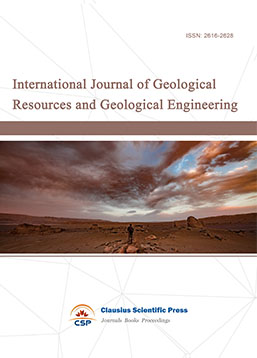
-
Big Geospatial Data and Data Science

-
Solid Earth and Space Physics

-
Environment and Climate Protection
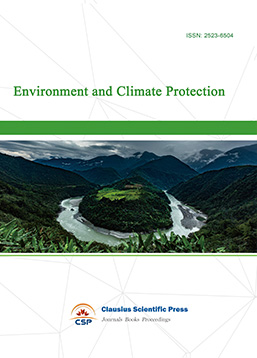
-
Journal of Cartography and Geographic Information Systems

-
Offshore and Polar Engineering

-
Physical and Human Geography
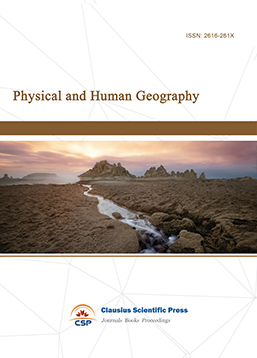
-
Journal of Atmospheric Physics and Atmospheric Environment
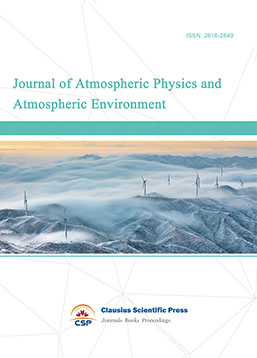
-
Trends in Meteorology

-
Journal of Coastal Engineering Research
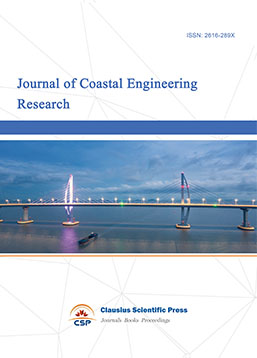
-
Focus on Plant Protection
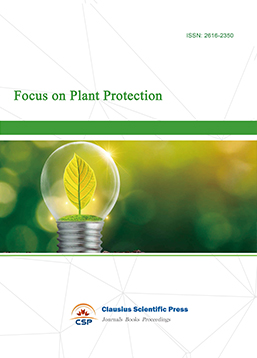
-
Toxicology and Health of Environment
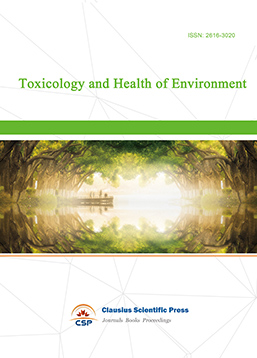
-
Geoscience and Remote Sensing
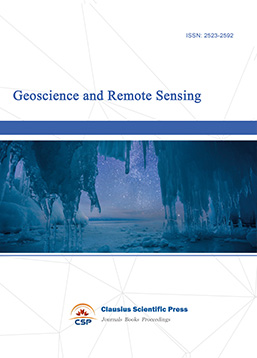
-
Advances in Physical Oceanography

-
Biology, Chemistry, and Geology in Marine
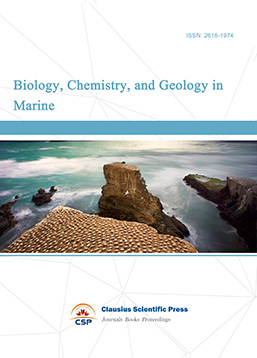
-
Water-Soil, Biological Environment and Energy

-
Geodesy and Geophysics

-
Journal of Structural and Quaternary Geology
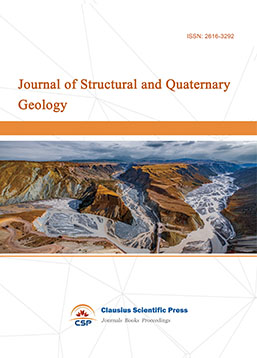
-
Journal of Sedimentary Geology

-
International Journal of Polar Social Research and Review


 Download as PDF
Download as PDF